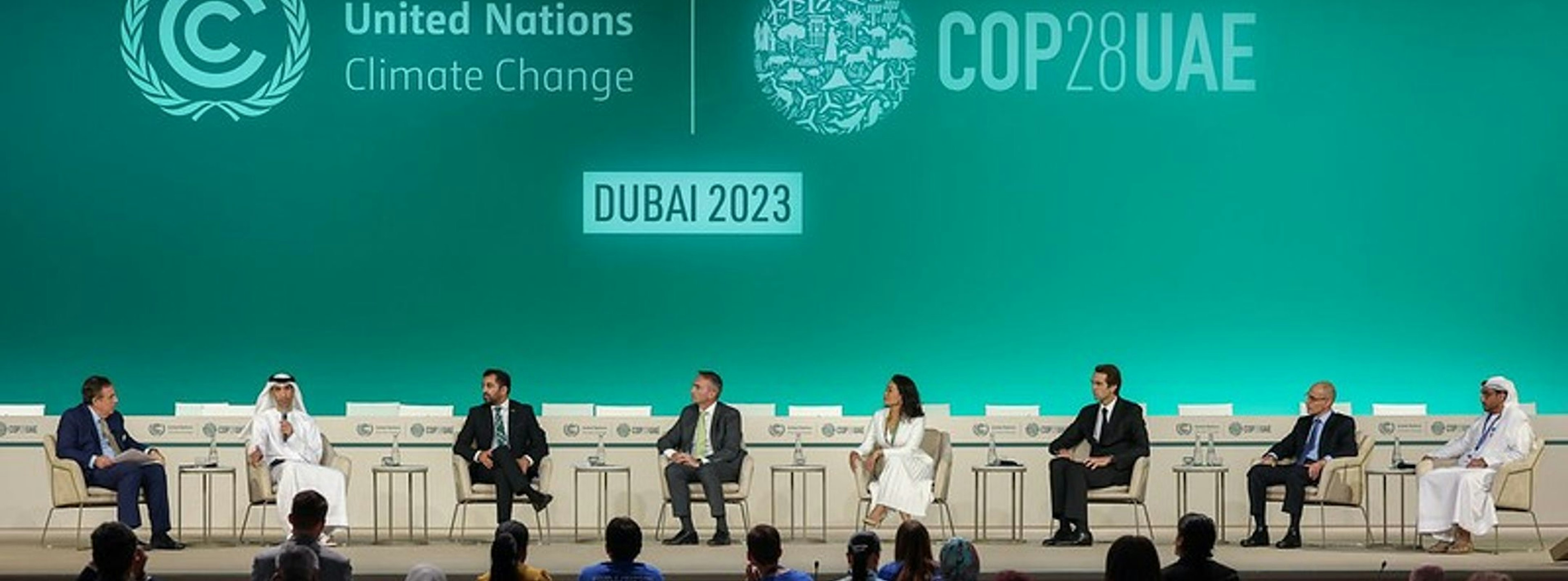Commodity-driven deforestation and peatland loss emits more carbon than Germany
5 Dec 2023
6 min read
As all eyes turn to the climate talks at COP28, Trase quantifies the greenhouse gas emissions caused by deforestation and peatland degradation linked to countries’ production and consumption of beef, soy, palm oil and other commodities.

COP28/Christopher Pike